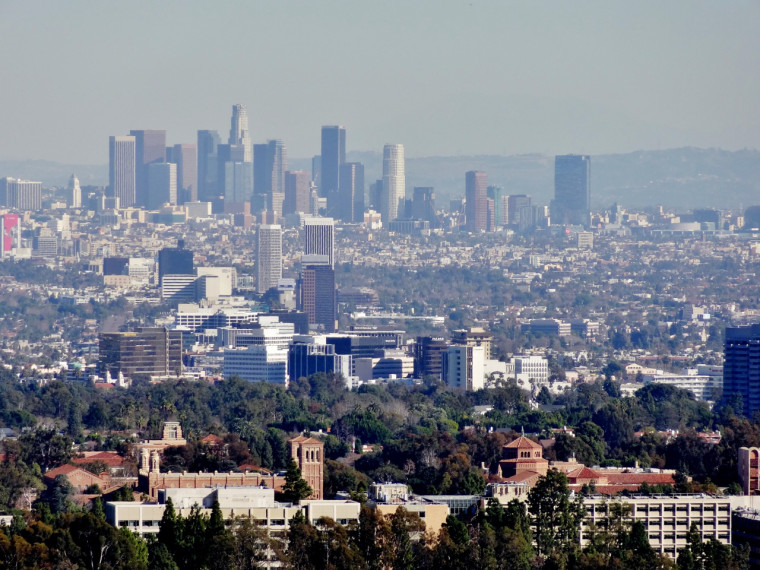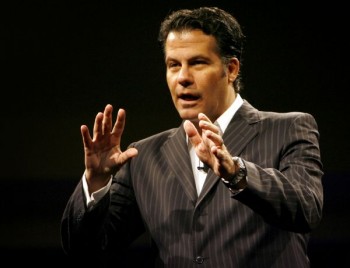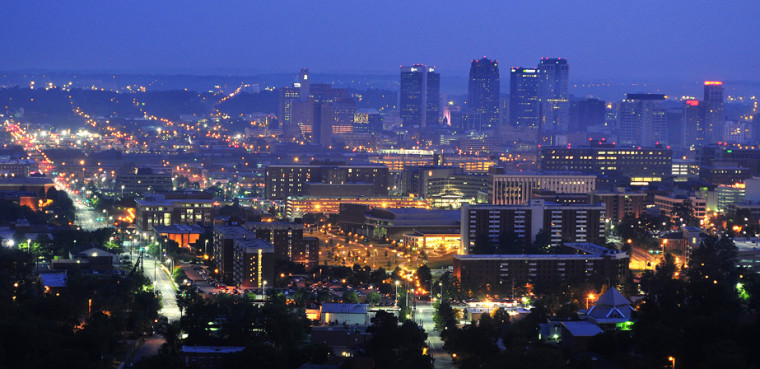As the nation emerges from the recession that has plagued our economy, we must reinvest in higher education. In recent days, several news reports have described how poorer students and families have faced the brunt of college price increases. If achieving a college degree is no longer affordable for all students, it should concern us all.

The cost of higher education is a difficult issue to understand because the price a student pays is only part of the equation. The amount of money that a college spends to educate a student changes relatively little. Yet, the price that a student pays can vary tremendous.





